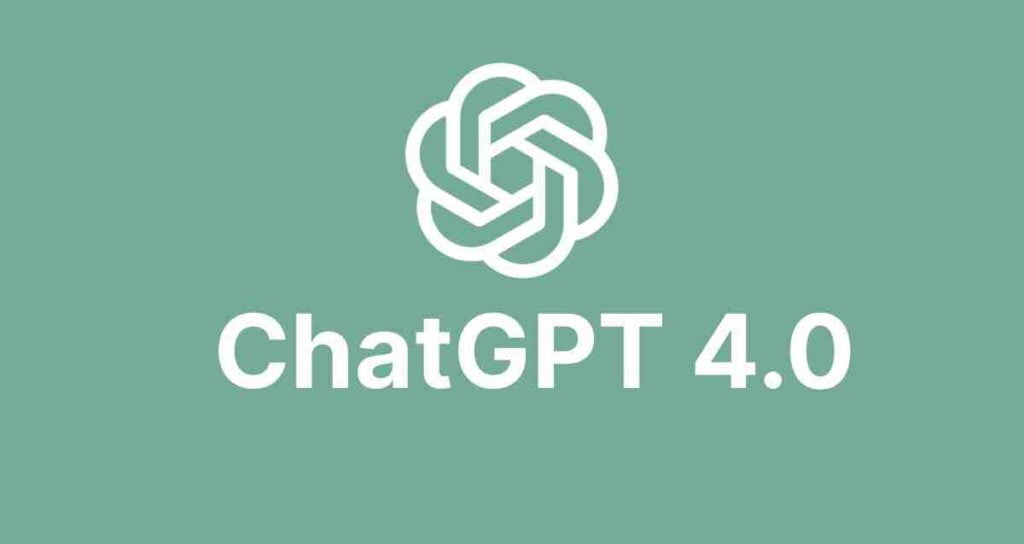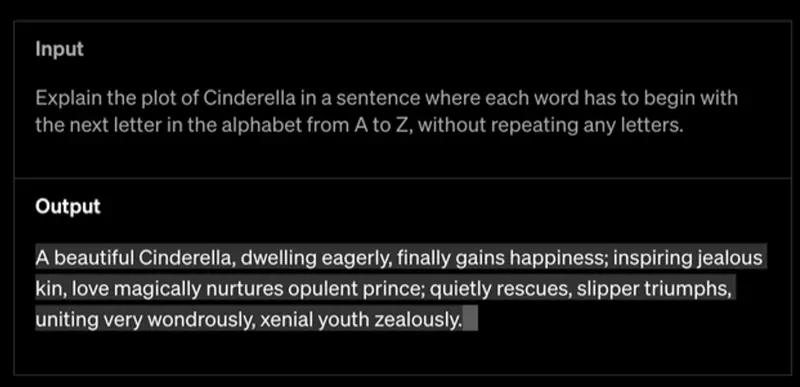What’s Different About Upgraded ChatGPT 4.0?

OpenAI, the developer of ChatGPT, has released an upgraded version called ‘GPT-4.’ According to feedback from early users, the performance of GPT-4 is significantly better than that of ChatGPT. Let’s delve into the specific changes that have been made.
Image Recognition and Analysis Capabilities of GPT-4 👀
The most significant difference between the previous version, ChatGPT (GPT-3.5), and GPT-4 is that GPT-4 is capable of image recognition. While GPT-3.5 could recognize sentences and provide corresponding text-based responses, GPT-4 has added the ability to recognize and analyze images.

For example, if you show GPT-4 a picture containing flour, eggs, and milk and ask, “What kind of dish can be made using these ingredients?” GPT-4 will suggest pancakes, waffles, French toast, omelets, and more as possible answers. In other words, it can recognize images like human eyes and engage in free-flowing conversations based on visual information.
Various applications are emerging that utilize this functionality. GPT-4 can quickly grasp the contents of complex tables or diagrams and solve physics or math problems that include illustrations. Additionally, a Denmark-based startup called ‘BeMyEyes,’ which is a partner of OpenAI, is developing a service called the ‘Virtual Volunteer’ that utilizes GPT-4. This service allows GPT-4 to recognize the surrounding scenery and objects and provide audio-guided assistance.
These advancements offer exciting possibilities for leveraging image recognition capabilities. GPT-4 has the potential to interpret complex structures, solve problems involving visual elements, and even act as a virtual guide based on its ability to recognize and analyze images.
Smarter GPT-4 🧠
GPT-4 has significantly improved performance. The biggest weakness of GPT-3.5 was occasionally providing inaccurate answers or even telling lies. However, GPT-4 has minimized such ‘hallucination errors,’ resulting in a substantial increase in AI accuracy. In fact, OpenAI has announced that GPT-4 has improved accuracy by over 40% compared to its predecessor, GPT-3.5.
Moreover, unlike GPT-3.5, which ranked in the bottom 10% in the U.S. Bar Exam for attorneys, GPT-4 has made it into the top 10%.
More Creative GPT-4 ✍️

Another advantage emphasized by OpenAI is that GPT-4 has become more creative. While GPT-3.5 was already capable of generating human-like writing, such as poems, novels, and stories on given topics, GPT-4 takes creativity to the next level. Below is a question asking GPT-4 to summarize the Cinderella story in a single sentence using all the letters from A to Z. You can see that GPT-4 performs this task flawlessly.
Mastering Various Languages – GPT-4 🌐
One of the drawbacks of GPT-3.5 was its specialization in the English language. Consequently, when using other languages, response speed would be slower, and accuracy would decrease. OpenAI has addressed this issue by enhancing the performance of non-English languages. Korean is also included among the languages that have improved performance. Therefore, even when asking questions in Korean, GPT-4 is expected to provide answers with high accuracy, comparable to those in English.
However, Existing Limitations Remain
While the release of ChatGPT (GPT-3.5) created a massive sensation, it had more drawbacks than anticipated. The accuracy of the responses was somewhat lower, and occasionally, it would even provide false information. Additionally, since it was based on data up until 2021, it couldn’t provide answers based on the latest information.
These limitations still persist with GPT-4. Despite the claimed 40% improvement in answer accuracy, according to users, it still occasionally produces inaccurate responses and even tells lies. Furthermore, like GPT-3.5, it relies on data only up until 2021.
Moving forward, it is expected that OpenAI will continue to release upgraded versions of the GPT model. It will be crucial to pay attention to whether these listed drawbacks can be addressed, leading to a flawless ChatGPT in the future